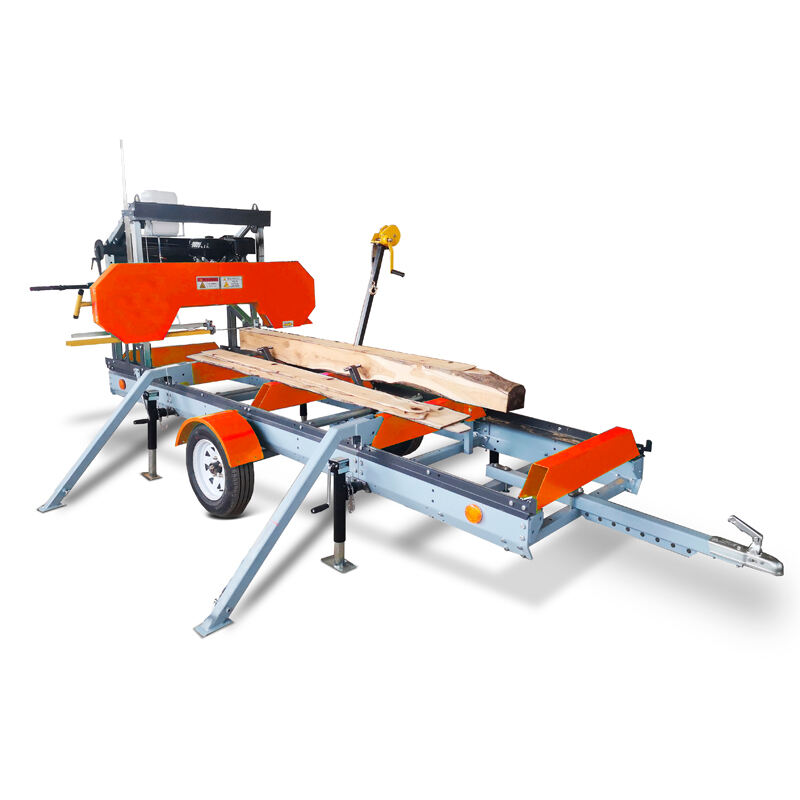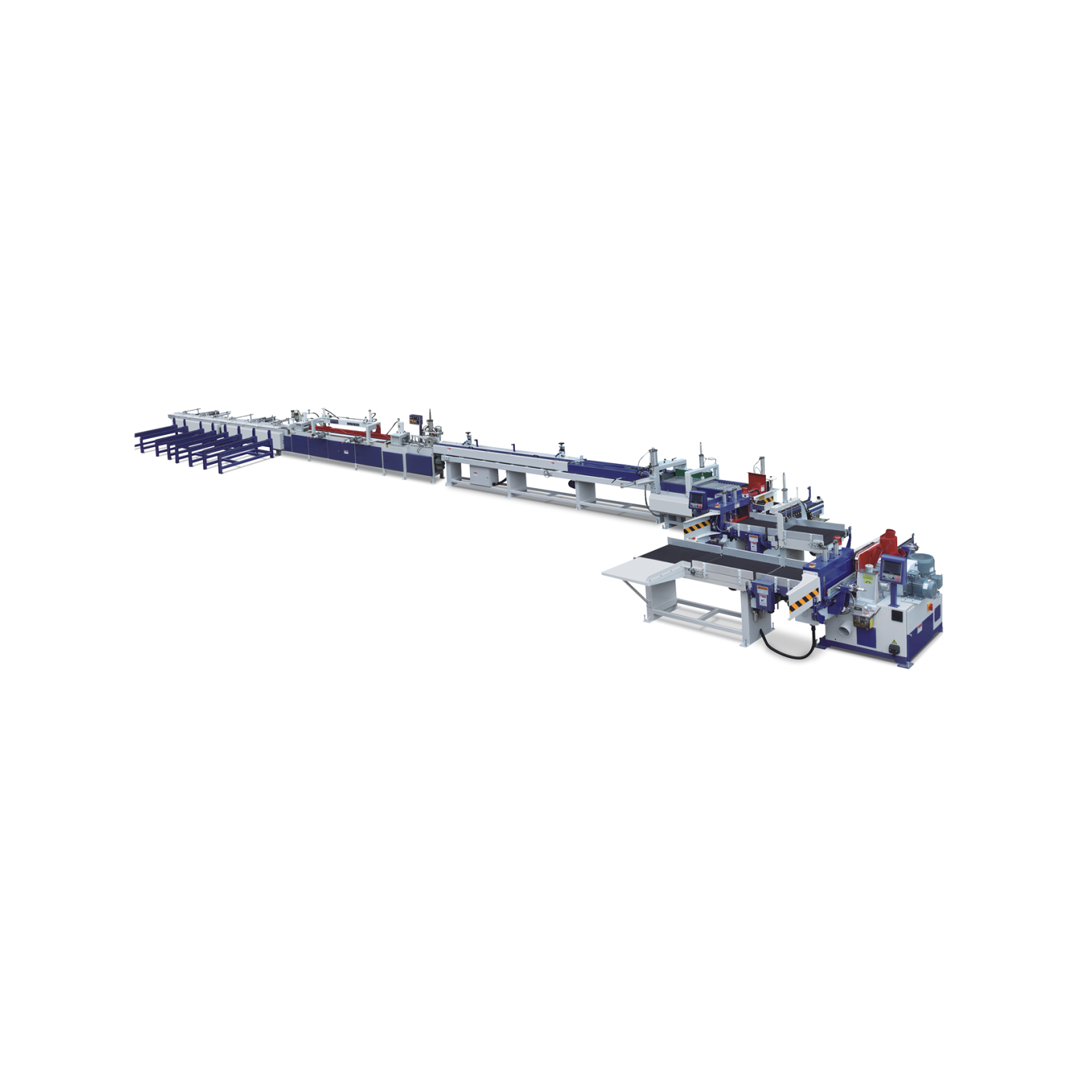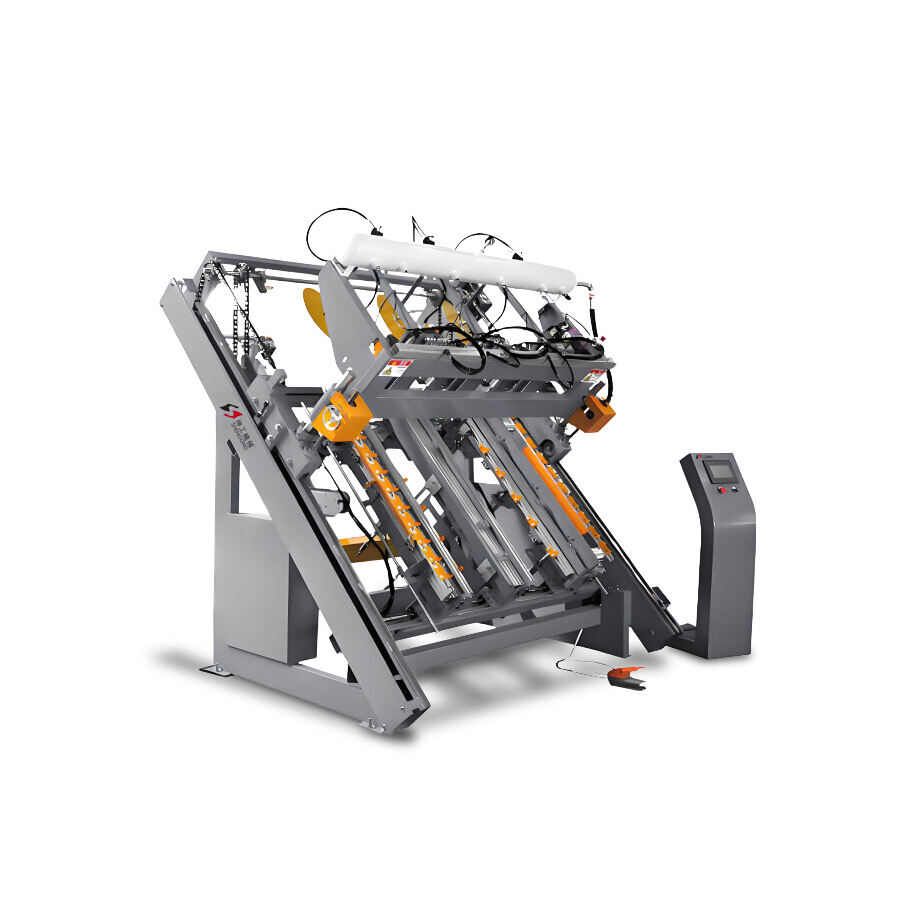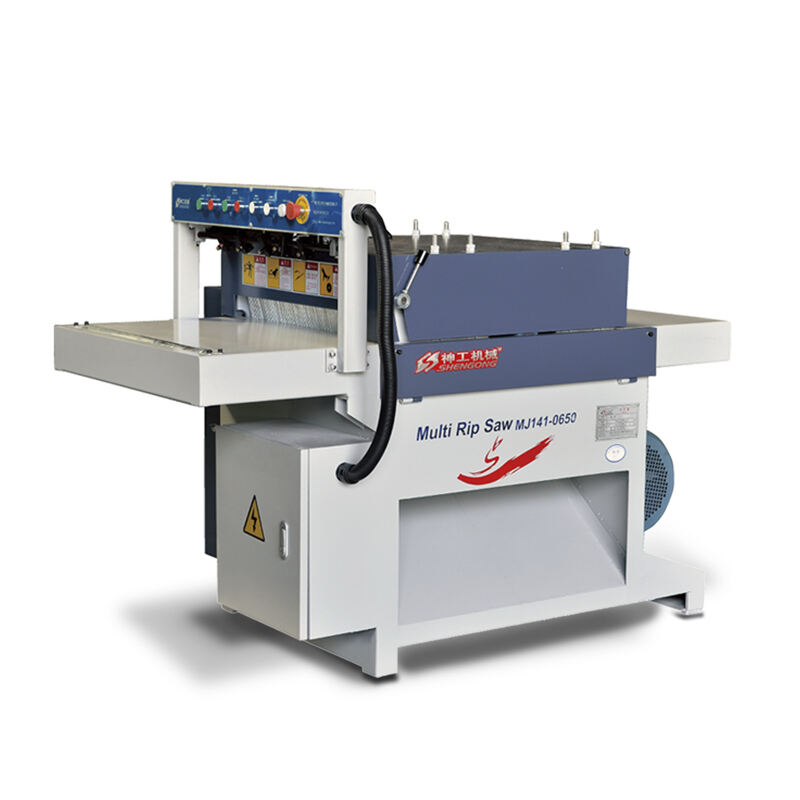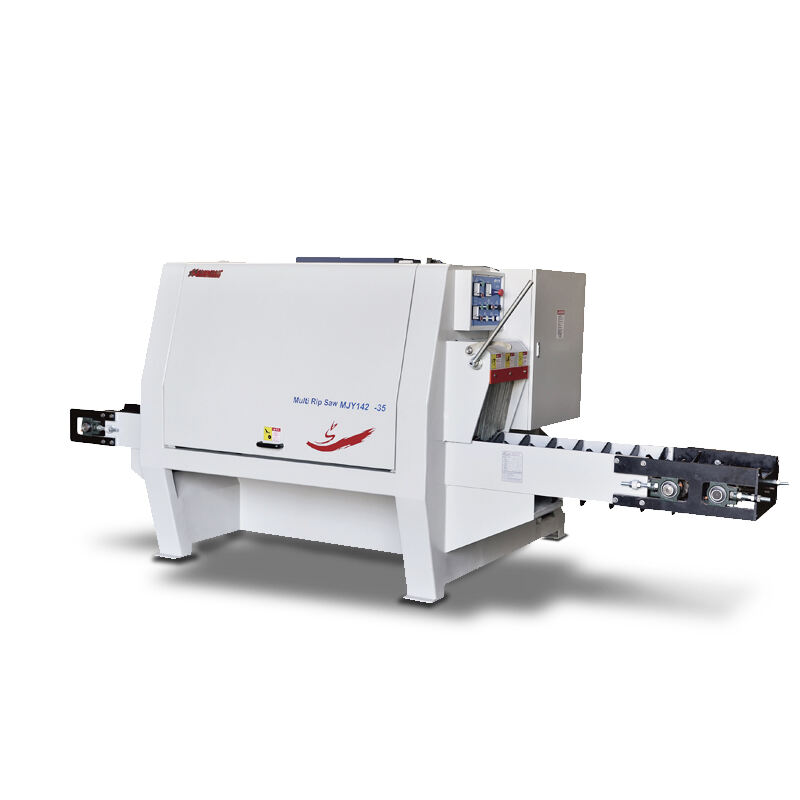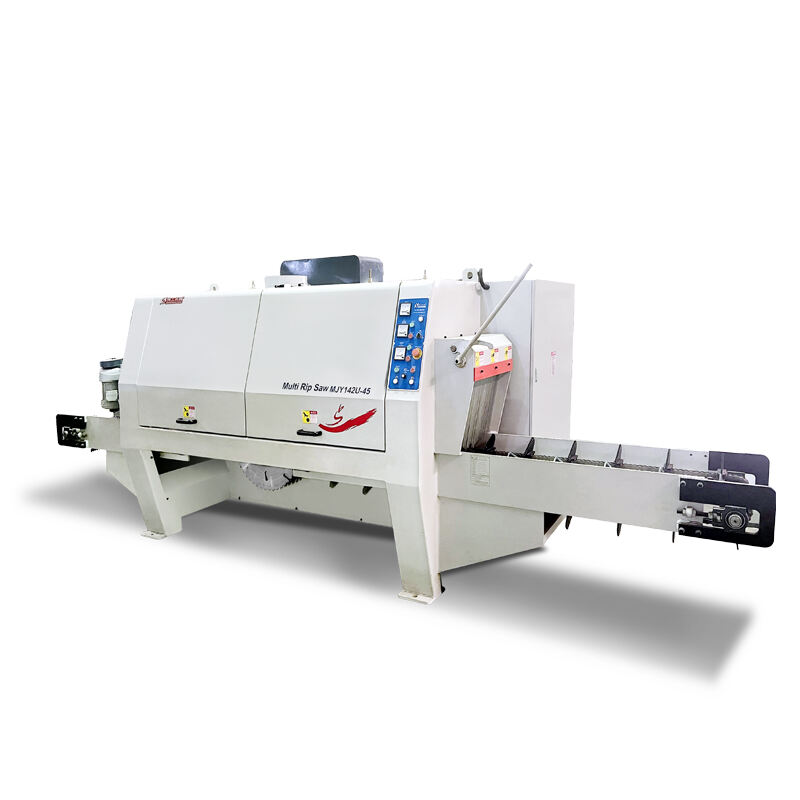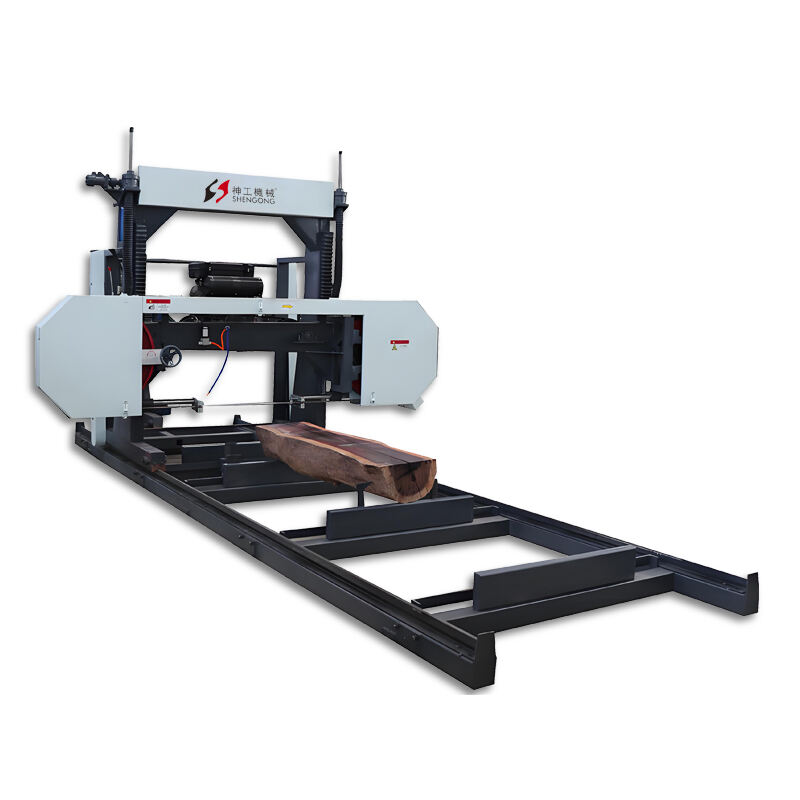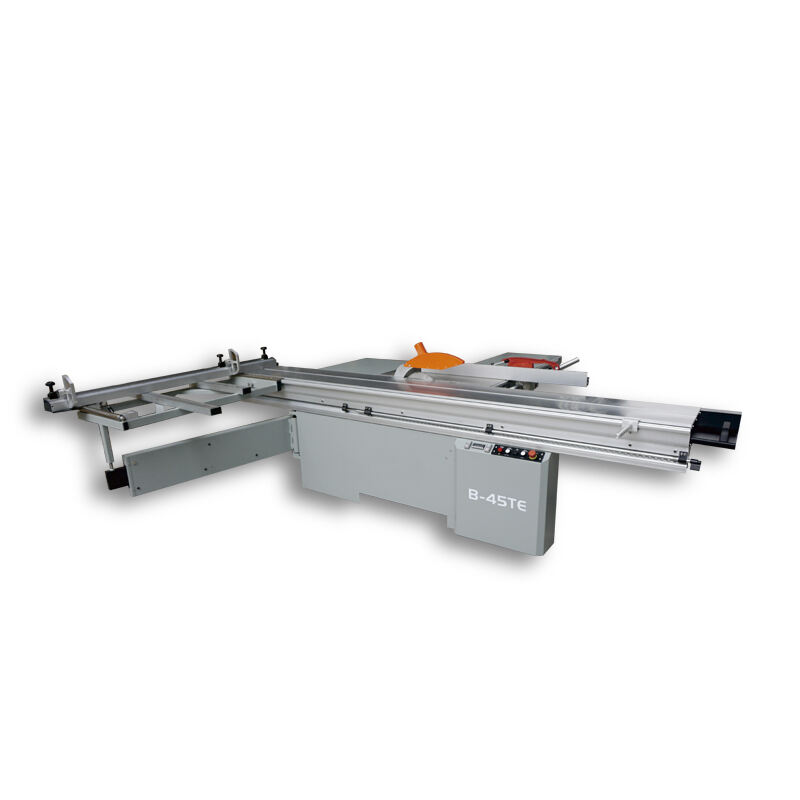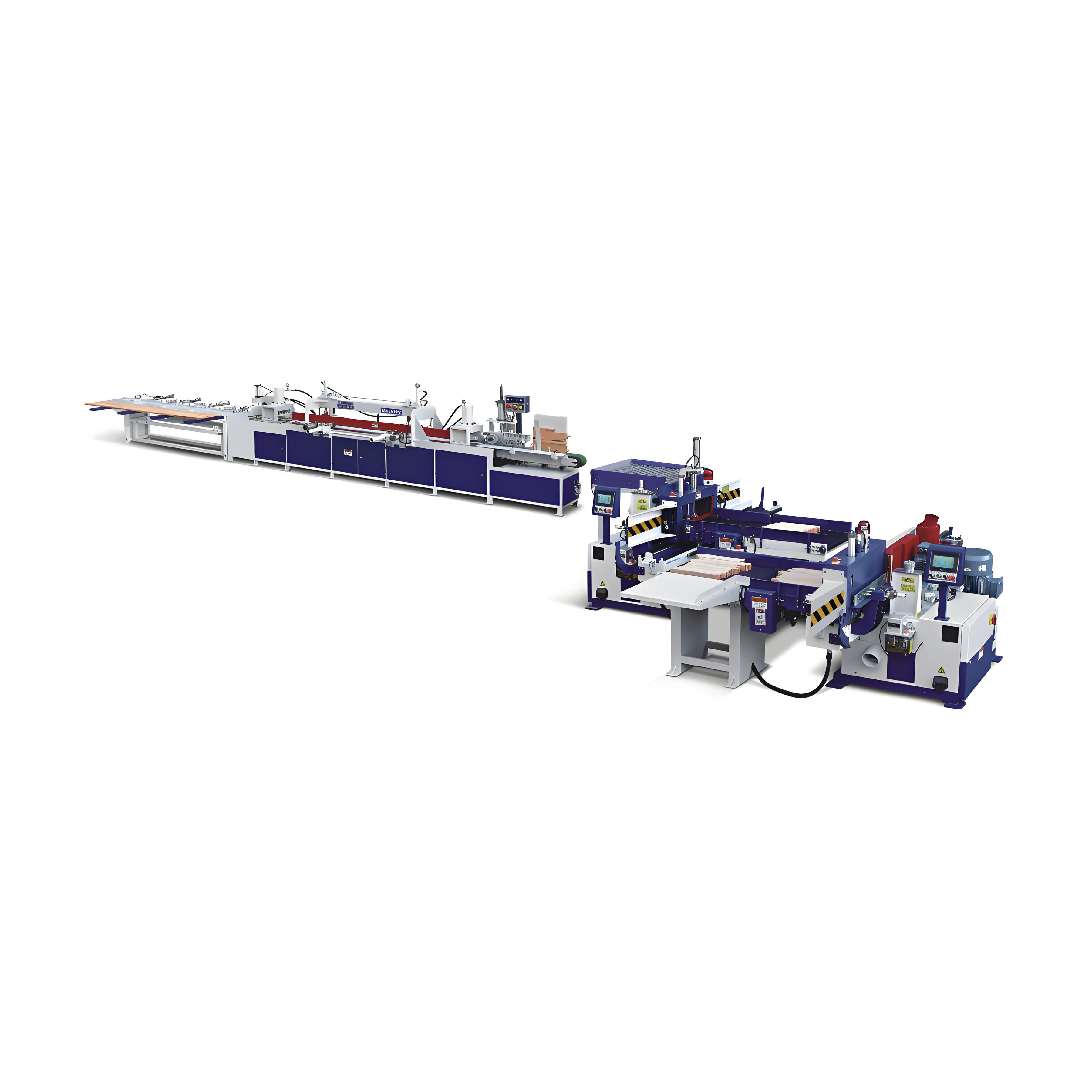Tuiscint na Néalta Mháterial in Ionad Fheabhsaithe
I gcás lá inniu, tá feabhsuithe chruaite ag fás. Níl sé ach faoi dheireadh faoi mar a dhéanann daoine oibre le haill phrátaí coitianta arís. Tosaíonn próiseáil feabhsuithe laistigh anois le comhréirí náisiúnta a chur i gcás. D'fhéadfá Aluminium a úsáid do roinnt accéadanna trim nó glas acrylic a chur isteach chun do shaol a bhaint gan choinne. Mar sin, más éolach tú ar fheabhsuithe, ní mór duit uirlisí a bheith acu is féidir leo ceangal a thabhairt go léir na n-éileamh seo. Iad a gcuimsiú agus conas atá siad struchtúrtha bíonn iad i gcás rómhaire. Anseo a bhaineann an saw beag isteach. Is féidir leis dul i ngleic go soiléiri, ach chun é a chur i bhfeidhm go maith, caithfidh tú é a shocrú go ceart don chineál ábhar a úsáid tu. Má nach dtiocfaidh sé seo amach, ní bhéidh na hin-eagortha is fearr agat.
Fachtóirí Roghnaíochta Críticiúla don Chéimnigh Mháteriál
Óir go bhfuilimid ag féachaint ar éagsúlacht na n-ábhar in ionadaithe fuaime, labhairt againn faoi conas an gcuireann an ríomh scagán chun iad a thógáil. Is ceann de na rudacha is tábhachtaí ná cruth an mhaith. Tá sé tar éis dul i gcás céard fheidhmeanna foghlama do shuíomh an chéad. Le haon chóipín, mar phine, bíonn cóipín le 3 - 6 dant sa chéim (TPI) ag obair go maith. Is féidir leis an gcóipín seo caitheamh tríd an fhuaim láidre go soiléir. Ach nuair a bhfuil tú ag obair le fuaim láidre, mar doirn, caithfidh tú cóipín le 6 - 10 TPI. Tabharfaidh sé seo cut níos glan duit. Má tá tú ag obair le meatal, caithfidh tú cóipín speisialta bi-meatal. Bíonn 10 - 18 TPI acu go típiciúil. Rudaí eile a bheidh ag smaoineamh orthu ná luas. Tá cuid den mhéid, mar plástic nó lamianta, íogair te. Má chaitheann tú iad go tapa, féadfadh leo dul i gcás. Mar sin, tá sé ródhearcach a bheith agat scagán le cúram luais.
Rudaí Speisialta faoi Ghearméadracht Cóipín
Anois go bhfuilimid tuigte ar chuid mhórmhaitheacht na gcéimeanna fiacla agus an tspeis, tá níos mó le haghaidh nuair a théann mé i gcomhair an bhláth. Tá sé chomh maith le cúram é sin nach bhfuil sé amháin ach an bealach atá na cneacha socraithe, is dóigh liom go bhfuil sé cinnte freisin do phríomhphobail éagsúla. Is maith an stiúir í an stoc raker uasal don chás gnáthphróiseacta fhearainn. Is cosúil le dul i ngleic don chuid is mó de phrósuit fhearainn. Ach más féidir leat fiacail bhunúsacha a chur isteach, tabharfaidh bláth scuabta thú a chur i gcás níos soiléire. Nuair a bhíonn tú ag obair le hiomlán ábhar lásta, is mór an rogha í na blátha pitch éagsúla. Tabharfaidh siad cabhrach chun brionglóid a laghdú, atá go hiomlán tábhachtach don chás glan. Mar sin féin, is eol dúinn go bhfuil le feiceáil an leithead den bhláth. Más mian leat cur chuige i gcás fhearainn, is iontach an bláth 1/8", mar sin is maith. Ach más mian leat a chur isteach i gcás meatal, caithfidh bláth níos leithne, i dtaobh 1/2", chun an stabilitiú a chur i bhfeidhm.
Foghlam Bunaithe ar Chomhthéacs um Fhiúntas Bhanda Saws Trí Thacaíocht
Chun cinntiú go dtabharfaidh do bhainiste fheoil go maith le gach faictheas éigin de na hábhair seo, is féidir le hoibrithe a dhéanamh é sin. Ceann de na n-ábhar is bunúsacha is é an calibráid réadán léirithe go minic. Má tá an réadán as ucht, ní bhfaighfidh tú glanaíochtaí díreach, gan aon chás cad ábhar atá agat ag obair air. Nuair a bhfuil tú ag próiseáil meitalaí, is úsáideach í scagaireacht chóil. Tabharfaidh sé seo cinneadh don chóil, a chuirfidh ar fud níos faide agus tabharfaidh seans ort glanaíocht níos príobháideach a chruthú freisin. Má tá tú ag glanadh ábhair cosúil le MDF nó comhaontais fibrín chóile, bíonn iad ag cur isteach go leor eolach. Mar sin, is maith modhnuithe a dhéanamh ar chóras tosú eolais. Tabharfaidh sé seo cinneadh don áit obair clean agus beidh tú in ann an méid nach bhfuil tú ag féachaint air feabhsú. Agus ná déan cinnte go n-inspeiceann tú an cothromlán den bainiste fheoil. D'fheileann sé seo mar is mó oineadh amháin sa mhí nó nuair a thagann tú isteach chun cailleadh ar chineál difriúil den ábhar.
Protacail Sábhála don Bhreis - Ábhar Feidhm
Nuair a bhíonn tú ag úsáid sciathán bánd le hiomlán éagsúil, is í an t-ionsaí nua-tharlaíonn. Mar shampla, nuair a bhíonn tú ag caitheamh mhatéarál slithreacha cosúil le pléascóga acrileach, ba chóir duit comhlach sábháil speisialta agus blocanna spriocadh a úsáid. Tabharfaidh na n-iarratas seo cabhrach chun do lámha a chosaint. Má tá tú ag athrú sciathán bánd foirgneamhchraobh don chaitheamh meitil, caithfidh tú cinntiú go bhfuil sé sábháil tríd an léiriú elecrtreach. Is é sin nach gcuireann tú an fhoirmhíocht ceart agus go bhfuil an cosaint ciorcal i gceart againn. Nuair a bhíonn tú ag caitheamh meitil faoi mhíchéim fada, tá riosc thiomailteacht ann. Mar sin, is féidir leat córas monatóireacht tiomnaigh a chur in iúl chun cabhair a thabhairt ort agus cuirciúil a chosaint.
Suntas ar Bhuntáistí Coitianta Cainte Iomlán
Fé adeiridh tú gach rud ceart a dhéanamh, féadaí briste rud a chur in iúl tar éis buntáistí éagsúla a ghearrtú. Má fheicfidh tú naomhtheip ar phléascacha, is cinnte go bhfuil an spéir an-chrua nó go bhfuil na cnuas faoi dheartháireacht. Nuair a thagann an buntáiste ag drithleabhairt le gearradh mhealtra, is féidir go bhfuil an comhréitín geallta nó nach bhfuil tú ag úsáid an chomhéigeanna teip ceart. Má tá tú ag obair le hiolchomhthéacsúla agus má thosaíonn siad ag fréamh, is féidir go mbeidh úsáid as uinsight - clear inserts agus gnóthai eagrán speisialta chun an-tromchás a chur isteach. Mar sin féin, is maith an chóras í an analís vibráidí mar thoradh rítháite. Is féidir leis an gcóras sin a aimsiú duit más féidir leat a fháil amach cá bhfuil na bearaingeachtaí ag críochnú sula dtosaíonn sé ar cheartú na n-gearradh.

